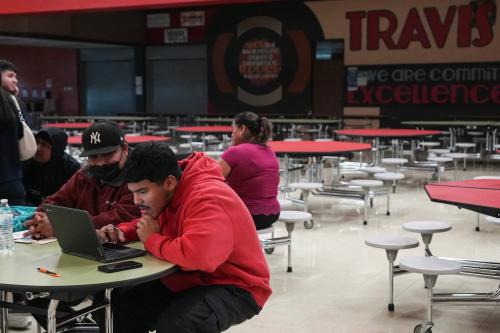Executive Summary
Effective approaches to the problems of struggling neighborhoods—from health to school success and poverty—require the focused use of integrated strategies. Consistent with this, community schools and many charter schools now function as hubs, helping to deliver a range of services beyond education in order to prepare their students to learn and to assist families. These include social services, “two-generation” support, and population health services.
There is debate over the potential of schools as hubs and the impact on school achievement. For success, we need to explore how schools can best “integrate backwards.” That requires us consider how schools can function in an interdependent manner with providers of, say, mental health care or social services yet maintain the control needed to customize services to a student’s needs and achieve academic objectives. Despite their considerable potential, schools face many challenges in operating as hubs:
-
- Sharing student information with other services sectors is often difficult because of privacy rules and interoperability problems. Fortunately a variety of organizations are taking steps to ameliorate these problems.
- The wider community impact of hub-based services is rarely measured fully or reflected in city or county budgets for the hub. In addition to better measurement of such “externalities,” wider use of budget waivers and creative financing would help address this.
- School leaders need specialized training to coordinate services efficiently.
- Intermediaries can help schools coordinate services, but turning to outside organizations can alter the focus of a school and the locus of control.




